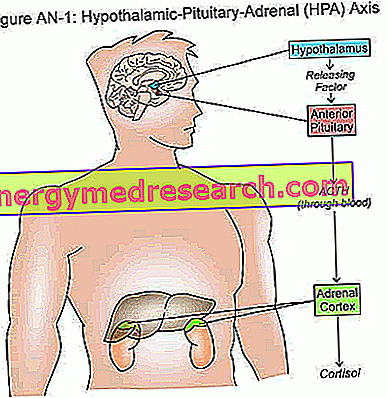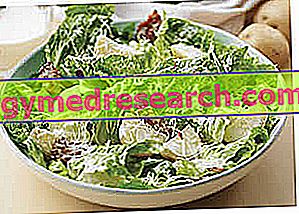Scroll down the page to read the summary table on the persimmons
| Persimmon and symbology |
|
| Cachi: synonyms | Apple of the East Lotus of Japan Food of the gods Wheat of Jupiter → Diòs + pyròs Kaki → reference to the orange color of the fruit, typical of arid and dry land |
| Persimmon: origin and dissemination | Origin: Chinese countries Diffusion in Europe and America: towards the mid-nineteenth century First persimmon tree in Italy: 1871, Boboli Gardens Italian production: 65, 000 t Most important regions for the persimmon: Campania, Veneto, Emilia Romagna, Sicily |
| Cachi: botanical description |
|
| Persimmon: uses in the kitchen | The flaccid, gelatinous pulp can:
|
| Apple persimmon | The fruit is similar to apple in shape and consistency (the firm, almost crunchy pulp is cut into slices), but the taste is typical of the persimmon |
| Persimmon and autumn | The persimmon fruit symbolizes autumn, a "passing" season, often responsible for exhaustion and psychophysical stress
|
| Cachi: nutritional values | 100 grams of persimmons:
|
| Persimmons: Minerals and vitamins | Mineral salts:
Vitamin C → quantity ranging from 50 mg to 7 mg Beta-carotene, precursor of vitamin A → 100 grams of fresh product provide 1.4 mg of retinol (antioxidant and possible prevention of cardiovascular diseases) |
| Cachi: property |
|



